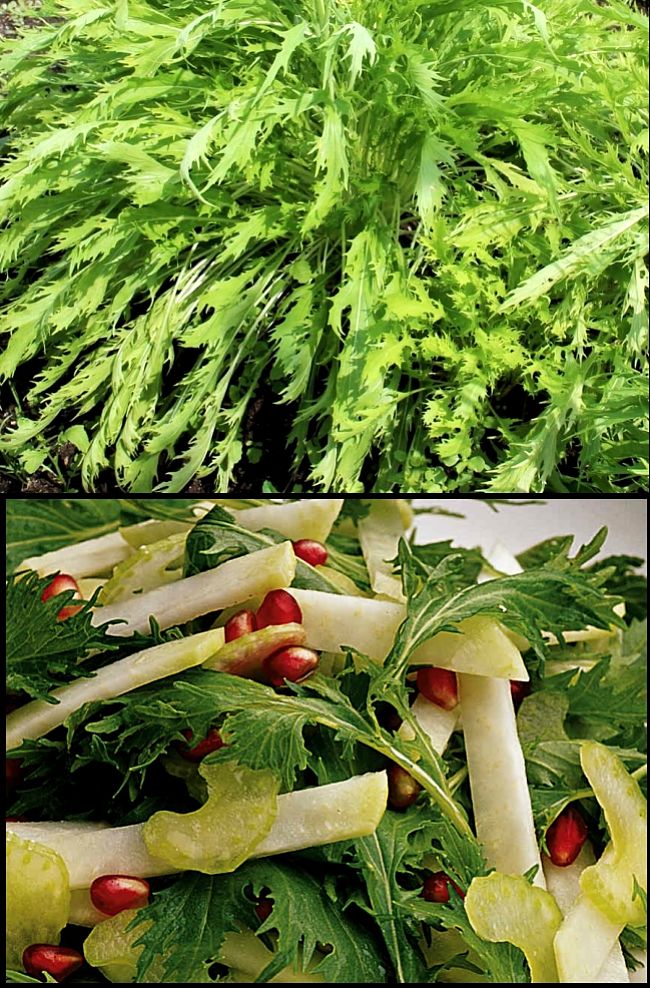Planting and Growing Guide for Mibuna (Brassica rapa var japonica)
Description
Mibuna are fast growing plants grown for their leaves, which have a mild mustard like flavour when young. Grows easily and prefers a sheltered and shaded spots in the garden. Best grown in cool weather as Mibuna plants tend to bolt to seed in hot weather.
Mibuna grows best in soils that are rich on organic matter. Keep the soil evenly moist and not too wet, but never let the soil completely dry. It is a good idea to prepare the beds ahead of sowing or transplanting by digging in plenty of aged compost or well-rotted manure. During the growing season feed Mibuna with dilute fish emulsion or other liquid fertilisers, especially if you intend to harvest the plants heavily. Mibuna grow very well in containers. Choose a large pot that is at least 15 cm (6 inches) deep and wide. Add well-draining potting mix to the pot. Water frequently to prevent the soil from drying out, causing growth checks.
Mibuna can be harvested small as a micro-green leaves while they are growing. Or you can wait until leaves are 8-10 cm (3 to 4 inches) long. Larger Mibuna leaves tend to be bit tough and have inferior flavor. Add the medium size leaves in stir-fries and soups, and to salads. These greens are ideal for Japanese and other Asian dishes and can be served as a vegetable side dish. If you harvest the entire tops of a plant the leaves will often regrow to provide a second harvest. .
Planting Guide
Seed Depth: Start seed indoors in seed trays about 3-4 weeks prior to last frost. Transplant when soil temperature has warmed. Sow seed directly in garden beds after the last frost. Sow seeds about 1 cm deep (1/2 inches).
Space between plants: Space plants about 15-20 cm (6-8 inches) apart. Space rows 40-50 cm (15-30 inches) apart
Harvest Time: Harvest in about 35-50 days. Young leaves can be picked as the plants grow
Hints:
- Does best in partially shaded areas protected from winds
- Does best in rich well-drained open soils with a covering of mulch to inhibit weeds and to keep the soil moist
- Water regularly and evenly, especially in summer
- Frost tender and so delay planting, and harvest in early winter
- Feed regularly and keep the plants growing strongly without growth checks, to improve the flavor and texture of the leaves
- Harvest continually, picking the leaves when small, as they have a spicy taste.

Disclaimer: The PlantWhatWhen vegetable planting guide is only designed for use as a very general reference for home gardening purposes. It is not to be used for farming, markets or commercial activities of any kind whatsoever. We take absolutely no responsibility for the accuracy and adequacy of the information provided on this site. We recommend that you consider your local climate, weather patterns and conditions when deciding what and when to plant in your home garden. It's entirely your own decision. Happy Gardening and Best Wishes!